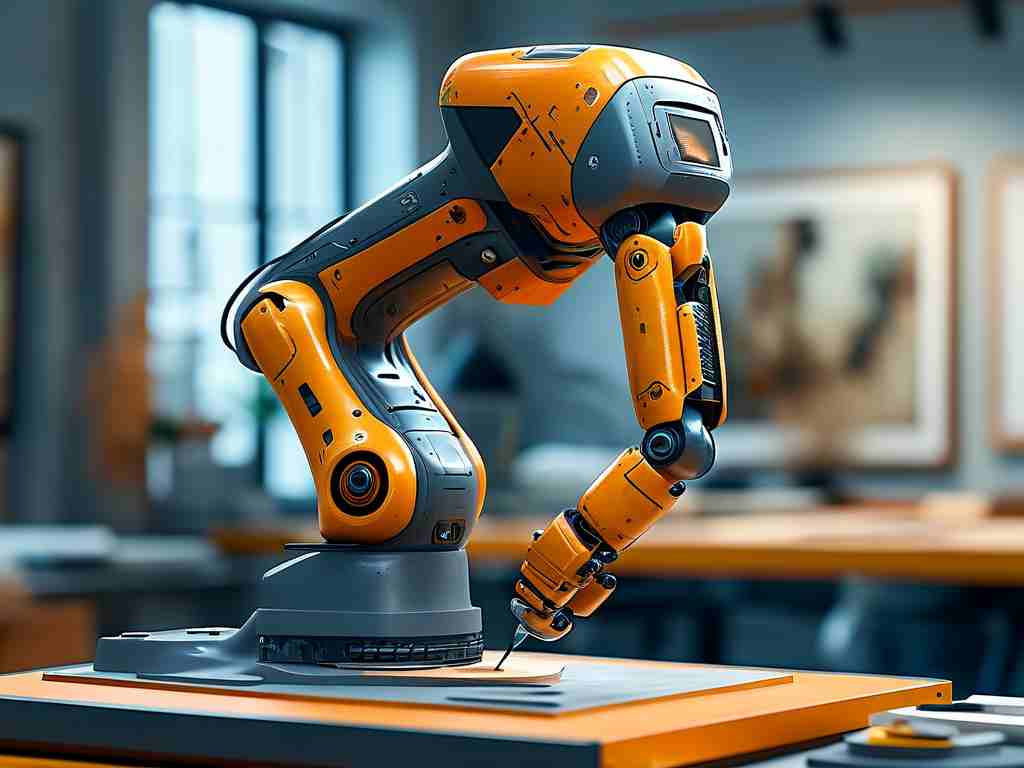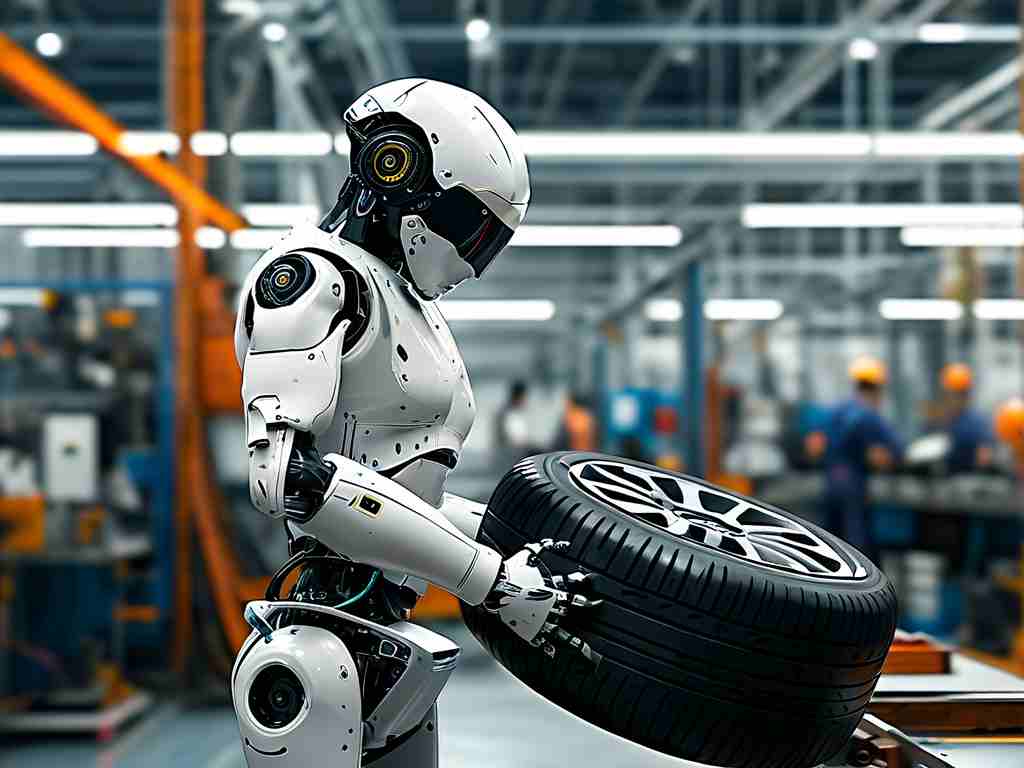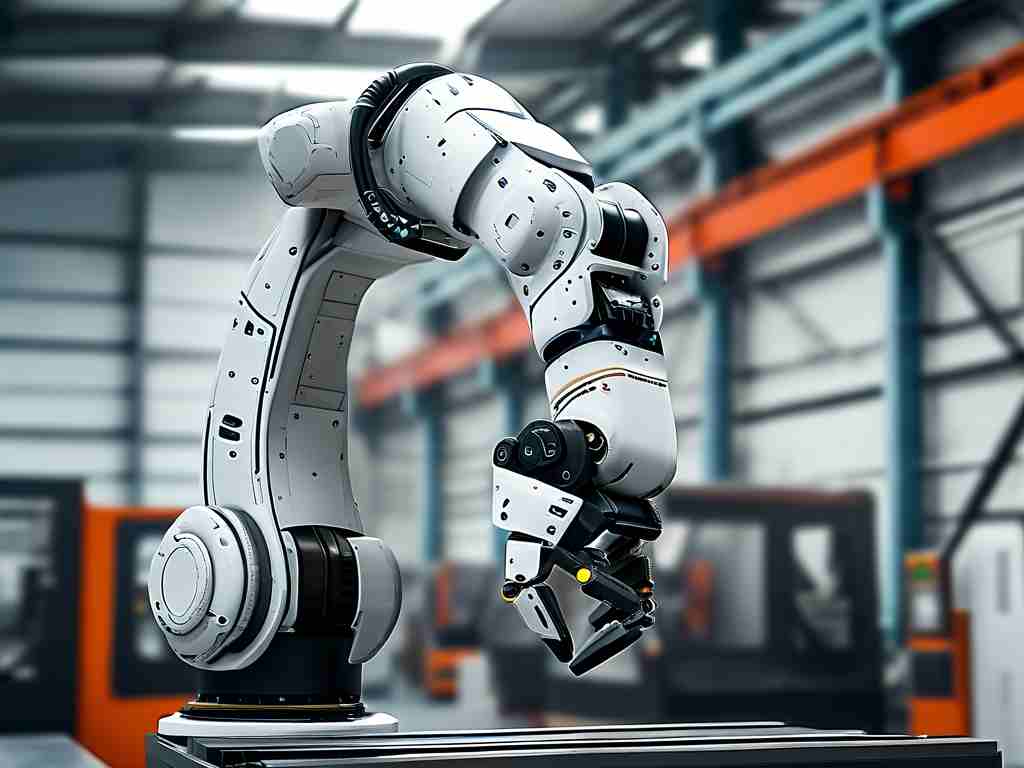The emergence of service robots has revolutionized various sectors, from hospitality to healthcare, by automating routine tasks and enhancing efficiency. However, selling these advanced machines demands a deep understanding of their technical requirements to ensure seamless adoption and customer satisfaction. As a sales professional, grasping these specifications isn't just beneficial—it's essential for closing deals and building long-term client relationships. This article delves into the critical technical aspects that underpin successful service robot sales, focusing on hardware robustness, software intelligence, safety protocols, and user-centric design, all while navigating the complexities of modern markets.

First and foremost, hardware requirements form the backbone of any service robot sale. These machines must be built to withstand real-world environments, incorporating durable materials like reinforced plastics or metals to prevent damage from daily wear and tear. For instance, a robot designed for warehouse logistics needs shock-resistant components to handle rough terrains, while one in a hospital setting requires smooth, non-porous surfaces for easy sterilization. Battery life is another pivotal factor; sales pitches should highlight long-lasting power sources, such as lithium-ion batteries that offer 8-12 hours of operation, reducing downtime and boosting productivity. Sensors play a crucial role too—LiDAR for precise navigation, cameras for object detection, and microphones for voice commands must be calibrated to avoid malfunctions during demonstrations. Without meeting these hardware standards, robots risk frequent breakdowns, eroding buyer confidence and stalling sales cycles.
On the software front, intelligence and adaptability are non-negotiable for service robots. Advanced AI algorithms enable features like autonomous pathfinding, where robots use machine learning to map environments and avoid obstacles in real-time. This is vital for sales scenarios, as potential clients expect flawless demos; a robot that stumbles or gets lost can kill a deal instantly. Integration with existing systems is equally important—sales teams must ensure robots can sync with customer relationship management (CRM) tools, allowing for automated data logging and personalized interactions. For example, a service robot in retail might analyze shopper behavior via facial recognition software, feeding insights directly into Salesforce for targeted marketing. Security cannot be overlooked either; end-to-end encryption and regular software updates are mandatory to protect against cyber threats, as breaches could lead to costly recalls and legal liabilities. Emphasizing these software capabilities in sales conversations demonstrates value and addresses common fears about complexity.
Safety and compliance requirements are paramount, especially in regulated industries like healthcare or manufacturing. Service robots must adhere to strict standards such as ISO 13482 for personal care devices or OSHA guidelines for workplace safety. Sales professionals need to articulate how features like emergency stop buttons, collision avoidance systems, and fail-safes prevent accidents. Consider a robot assisting in eldercare; it should have sensors that detect falls and alert staff instantly, complying with HIPAA for data privacy. Failure to meet these can result in fines or recalls, damaging brand reputation. Moreover, user experience hinges on intuitive interfaces—touchscreens with simple menus, voice commands in multiple languages, and quick setup processes that minimize training time. A smooth onboarding experience, often showcased through interactive demos, reassures buyers and accelerates adoption.
In , mastering the technical requirements of service robot sales involves a holistic approach that balances innovation with practicality. By prioritizing robust hardware, intelligent software, rigorous safety, and user-friendly design, sales teams can overcome objections and drive growth in this competitive field. Ultimately, these elements not only facilitate successful transactions but also foster trust, positioning businesses as leaders in the evolving robotics landscape.









